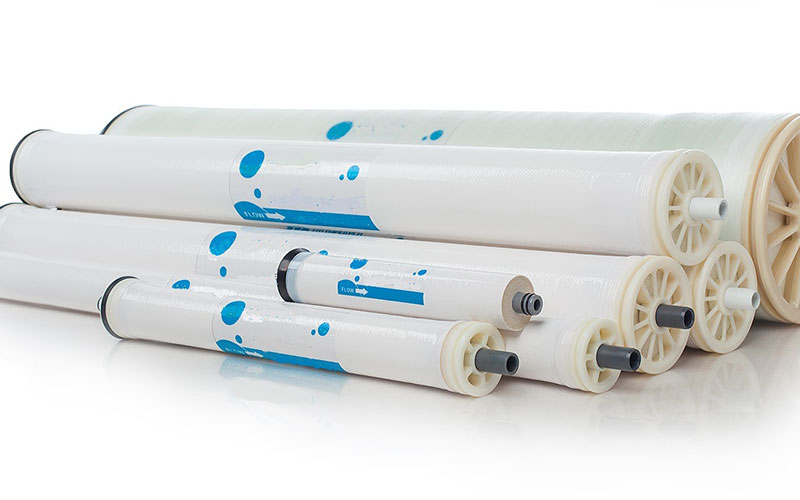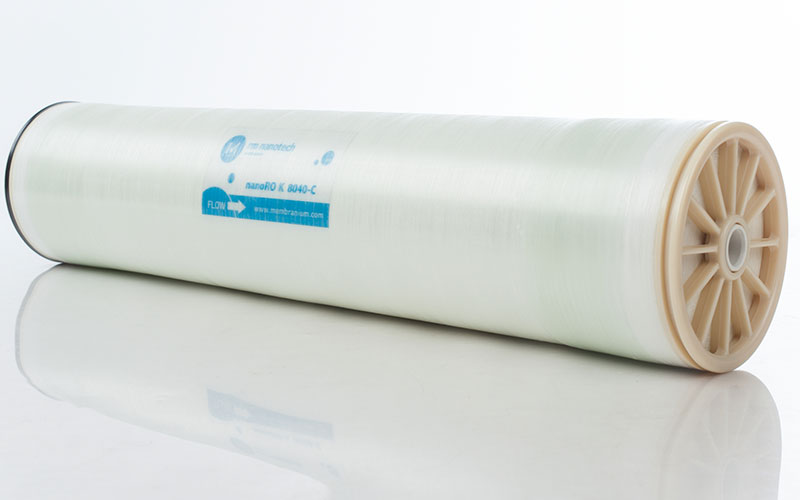RO Membrane
Membranes emerged as a viable means of water purification in the 1960s with the development of high performance synthetic membranes.
Implementation of membranes for water treatment has progressed using more advanced membranes made from new materials and employed in various configurations. An increasing scarcity in fresh water sources fueled a push towards alternative resources such as ocean water.
Water treatment processes employ several types of membranes. They include microfiltration (MF), ultrafiltration (UF), reverse osmosis (RO), and nanofiltration (NF) membranes. MF membranes have the largest pore size and typically reject large particles and various microorganisms. UF membranes have smaller pores than MF membranes and, therefore, in addition to large particles and microorganisms, they can reject bacteria and soluble macromolecules such as proteins. RO membranes are effectively non-porous and, therefore, exclude particles and even many low molar mass species such as salt ions, organics, etc.
NF membranes are relatively new and are sometimes called “loose” RO membranes. They are porous membranes, but since the pores are on the order of ten angstroms or less, they exhibit performance between that of RO and UF membranes.

